It’s that time of the month again, book pairing season. I’m Traci Thomas, the host of The Stacks, a podcast about books and reading, and I swing by SheReads.com each month to tell you about three brand-new books and the backlists titles that they pair perfectly with. My life’s work is to make sure your TBR (to be read) list is always long and filled with the best reads around.
June has been a particularly incredible month for book releases, and I had a hard time narrowing down my books. So, if you want even more book recommendations and reviews be sure to follow The Stacks over on Instagram, and subscribe to the podcast.
Ok now let’s get into some pairings!
Long Division by Kiese Laymon
In his debut novel, revised and re-released this month, Kiese Laymon has created something really special. I didn’t do any research on the book when I picked it up, and wasn’t sure what to expect, and I’m glad that’s how I approached the book. Any attempt at explanation would destroy the unique way that Long Division unspools itself. I want to give you all that same experience, so I won’t say much—except it’s about Black teenagers in Mississippi time traveling, and it’s funny as hell and full of hope and possibility. Long Division has heart and creativity for days. The characters are top notch; I dare you not to fall in love with City, LaVander, Baize and them. If you’re looking for a book to make you smile and think and feel thrilled about books, this is 100% for you.
You can hear Kiese Laymon on The Stacks, talking about his vision for revision.
If you like Long Division, check out…
Kindred by Octavia E. Butler
You can’t talk about time travel novels and not at least mention Kindred, the story of Dana, a Black woman in the 1970s who keeps getting pulled back to the antebellum south and into slavery. The book is creative genius and a devastating reminder that our circumstances are only as relevant as time and place. Just like Long Division, the reader is immersed in a story about possibility, though the tone in Kindred is very different. The sense of suspense and adventure are top notch in Kindred and pair perfectly with Laymon’s novel.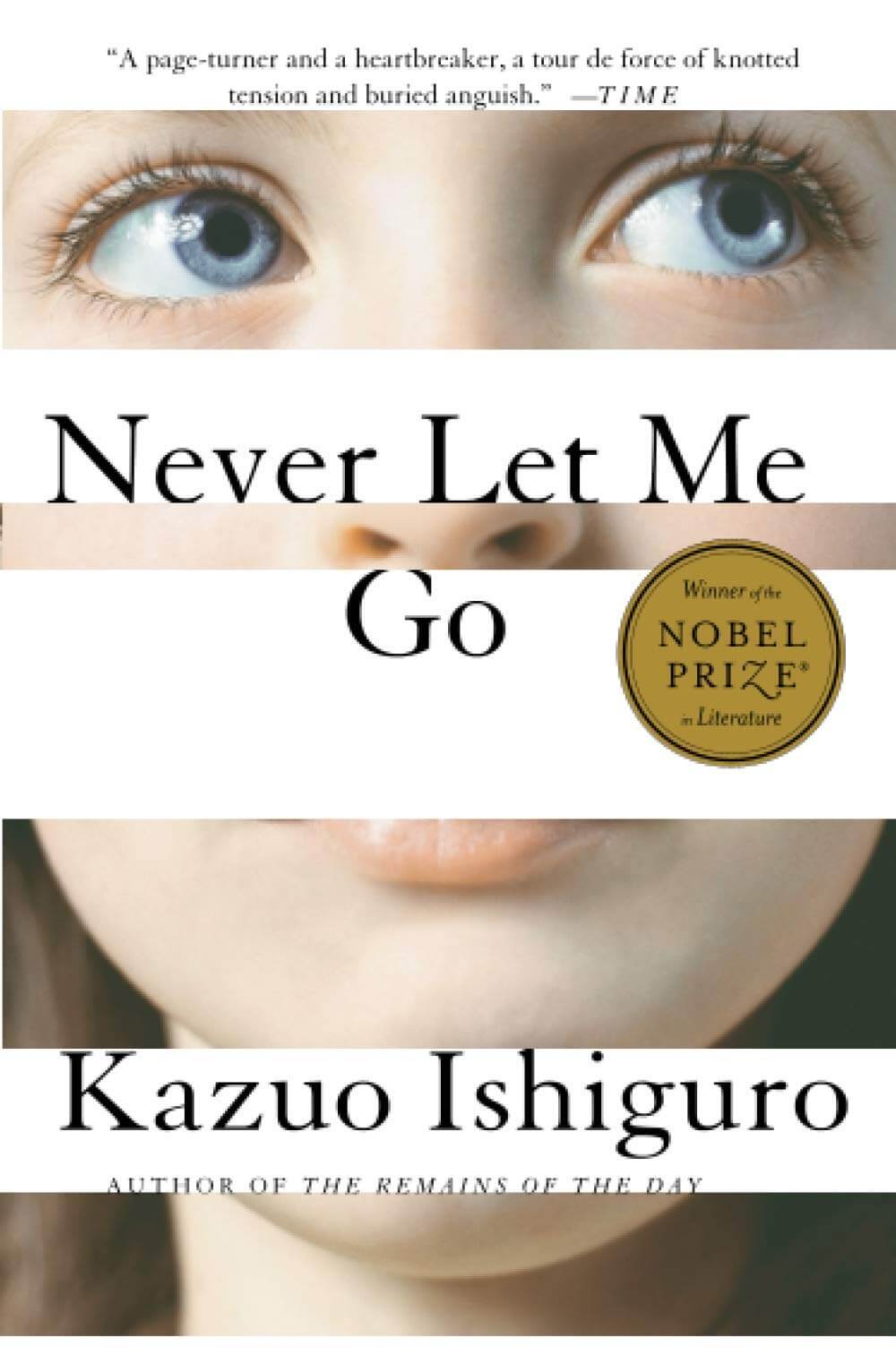
Never Let Me Go by Kazuo Ishiguro
Never Let Me Go is really different from Long Division in place and vibe, however these stories are certainly in conversation with one another, not to mention how delicious and juicy the sentences read. Both books center young people struggling to make sense of the past. In Never Let Me Go we meet three teenagers who went to an exclusive boarding school together and are brought back together as adults. It’s another one of those books where the less you know going in, the better. Once you finish, go back and listen to The Stacks episode where we discuss Never Let Me Go in detail with actor, Clark Moore.
Hola Papi: How To Come Out In A Walmart Parking Lot And Other Life Lessons by John Paul Brammer
John Paul Brammer is the person behind the advice column “Hola Papi” for LGBTQ audiences that led to this book. It’s a memoir in essays and the conceit of Hola Papi is that each essay is an answer to a question for “Papi”, Brammer’s advice-giving alter ego, and the ensuing essay gives the reader a glimpse into the life of Brammer himself. Brammer has a writing style that is both funny and compassionate; he is at times self-deprecating and at times generous with his whole self. I enjoyed the ways that many of the essays went in directions I didm’t always see coming. As is often the case with advice (and I guess memoir too) this book is a lot about relationships, mental health, self-discovery and empowerment.
For people who enjoyed Hola Papi I suggest you check out…
Tiny Beautiful Things: Advice On Love And Life From Dear Sugar by Cheryl Strayed
This is one of my favorite books that I don’t talk about nearly enough. Yes, we did an entire episode on the book on the podcast (with Keltie Knight), but even that feels somehow inadequate for this book. Tiny Beautiful Things is a book of advice from Cheryl Strayed (yes, Wild Cheryl Strayed) who worked as the anonymous advice columnist known as “Sugar.” Between the heart-breaking and world-altering essays, there isn’t a better collection of advice than this book. I’ve both read the book and listened to it on audio, and each time I revisit it, I find a different essay that I love more. There is just so much heart and compassion and real thought-out advice. Unlike in Hola Papi, the advice is the thing in Tiny Beautiful Things. And even when the advice is tough, it is wrapped in empathy, and delivered with care. If you’ve not read this book yet, you simply must. Bring tissues.
Here For It: Or, How To Save Your Soul In America by R. Eric Thomas
The entire time I read Hola Papi, I couldn’t get R. Eric Thomas’ essay collection out of my head. These books are certainly siblings; they have the same balance of humor, self deprecation and vulnerability that every good humorous memoir needs. Both books tell the stories of two queer men of color (Brammer is half-Mexican, Thomas is Black) who aren’t shy about sharing their stories of coming out and coming into their own. I really appreciated the ways in which these books embrace what it meant for each of them to grow up, come out, feel insecure, lean into confidence, find community, fuck up, speak up, and just generally live. Neither book is exactly a feel-good story, but I know I left the books wanting to know more about each author—and if I’m being honest, ask them to be my friend IRL. I did get to talk with R. Eric Thomas for the podcast and he was even better than I could’ve hoped.
The Afrominimalist’s Guide To Living With Less by Christine Platt
A refreshing and inclusive approach to decluttering as told through Platt’s own experiences and a guide for the reader to embark on their own minimalist journey. What sticks out for me in the book is how Platt does not conflate whiteness and minimalism, or try to erase cultural differences when it comes to how we live and our relationships with things. We so often associate living with less with a white Scandinavian aesthetic, and quite frankly, white people. Platt pushes hard against those assumptions; she reminds her reader to embrace what they love and not what they think minimalism looks like, or who they think minimalism is for. The Afrominimalist’s Guide to Living with Less is focused on why we end up with so much stuff, and how we can change those behaviors once we identify them. The book is holistic and approaches decluttering with compassion and patience.
If you’re interested in The Afrominimalist’s Guide to Living with Less you should check out…
The Life-Changing Magic Of Tidying Up: The Japanes Art Of Decluttering And Organizing by Marie Kondo
I started my journey decluttering with Marie Kondo and this book back in 2016. It changed the way I thought about my home and my things and the way I engaged with them. The idea of items “sparking joy” along with the permission to get rid of things I didn’t feel thrilled about, even gifts, impacted me deeply, and those are lessons I still carry with me. I know people love to criticize Marie Kondo’s techniques (especially the bit about getting rid of books, which of course I didn’t heed) but, for me this book was transformational and I highly suggest you check it out if you’re hoping to transition to living with less.
Start With Why: How Great Leaders Inspire Everyone To Take Action by Simon Sinek
This book might seem like a bit of a departure from decluttering your house, but to me, these books are all closely linked. In Start with Why (a book I read back in 2013) Sinek is asking the reader to identify the “why” in their work life, and that feels deeply connected to Christine Platt’s commitment to identifying the “why”behind the things we purchase and that fill our homes. Both books are a about self discovery and empowering ourselves to create space for what we need. I loved Sinek’s TEDTalk that inspired this book and think that the more we can interrogate the why behind the ways we act and the things we want to see in the world, the better.
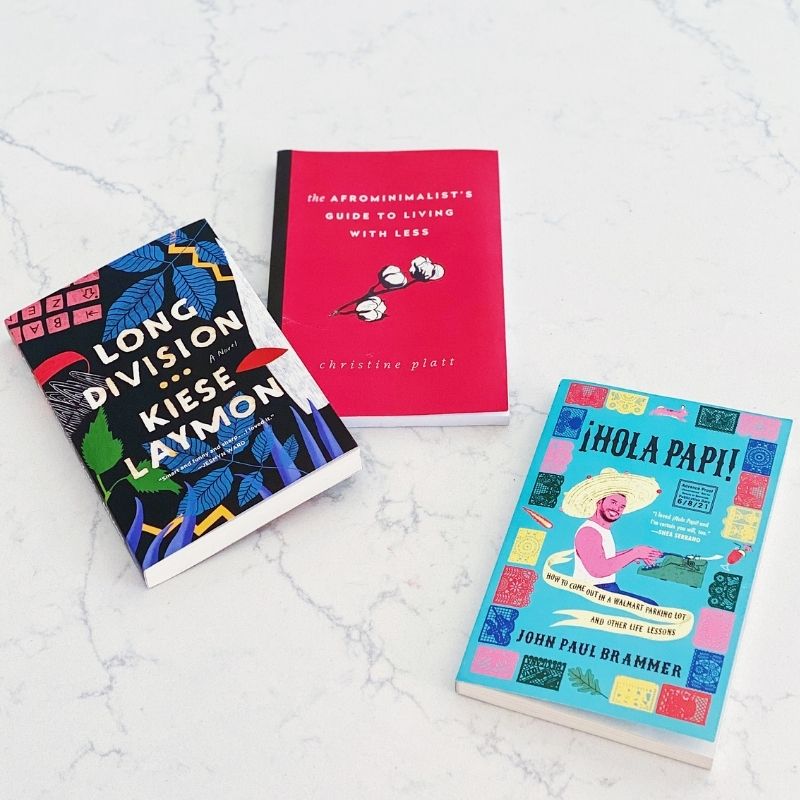
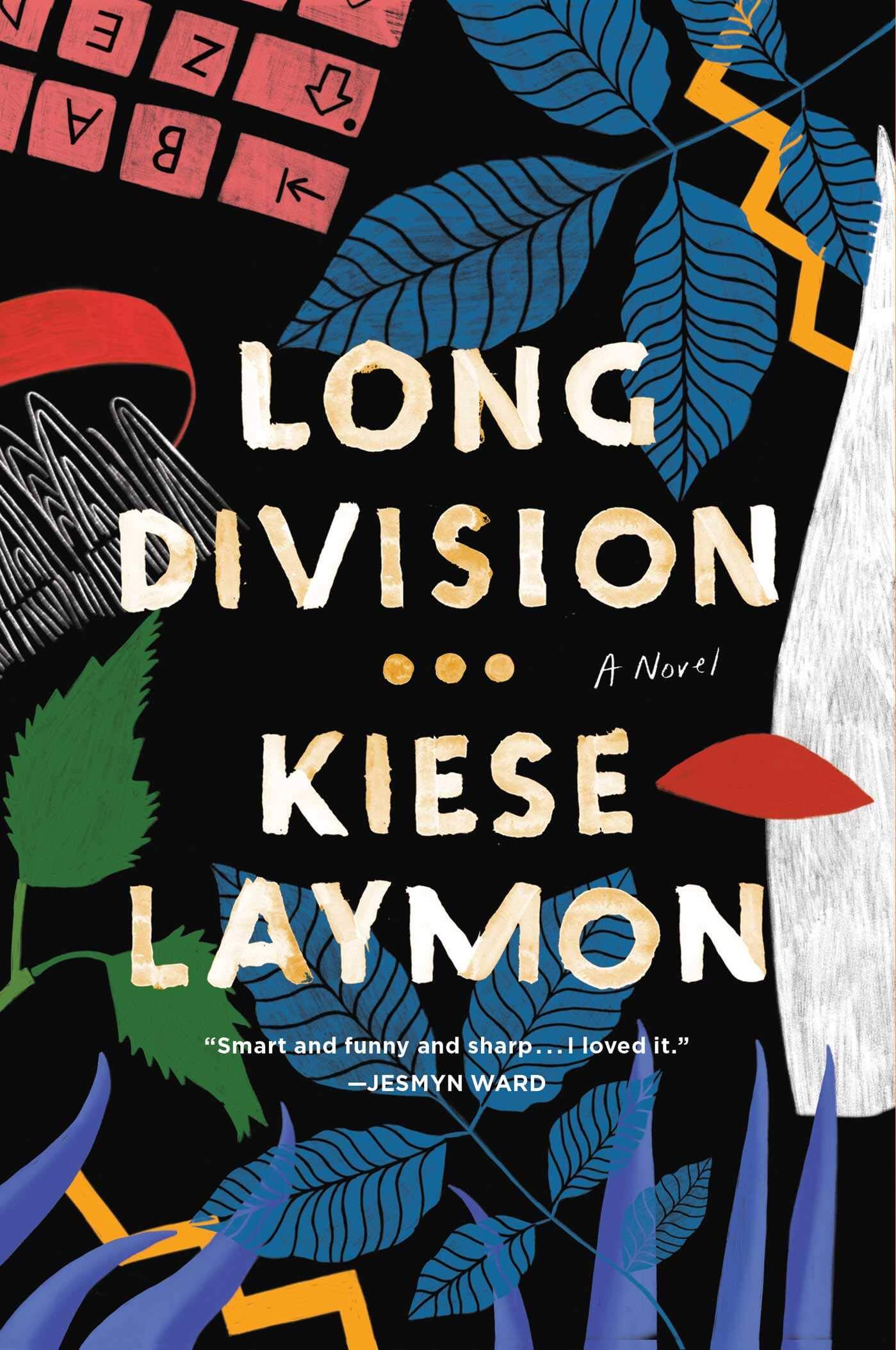
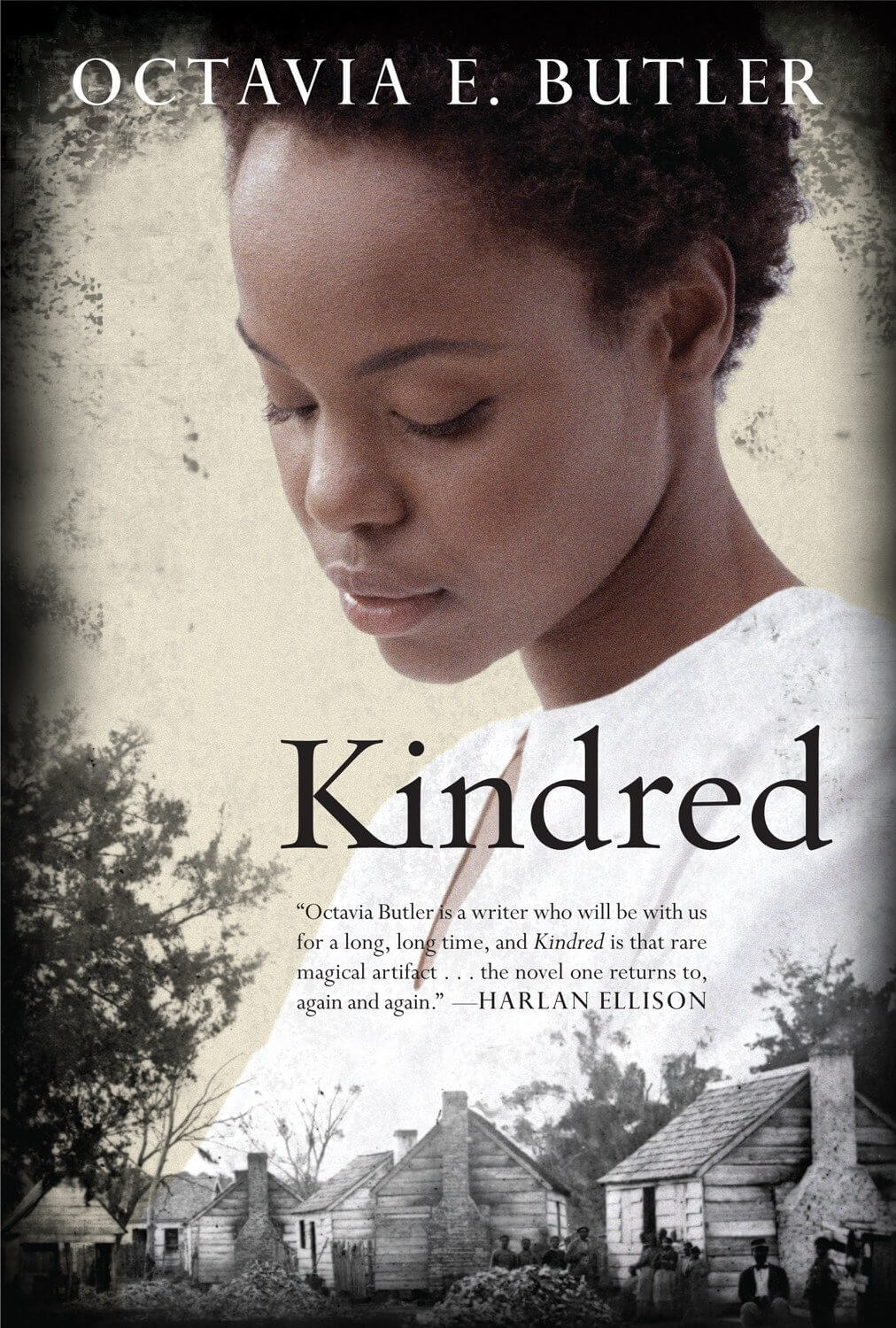
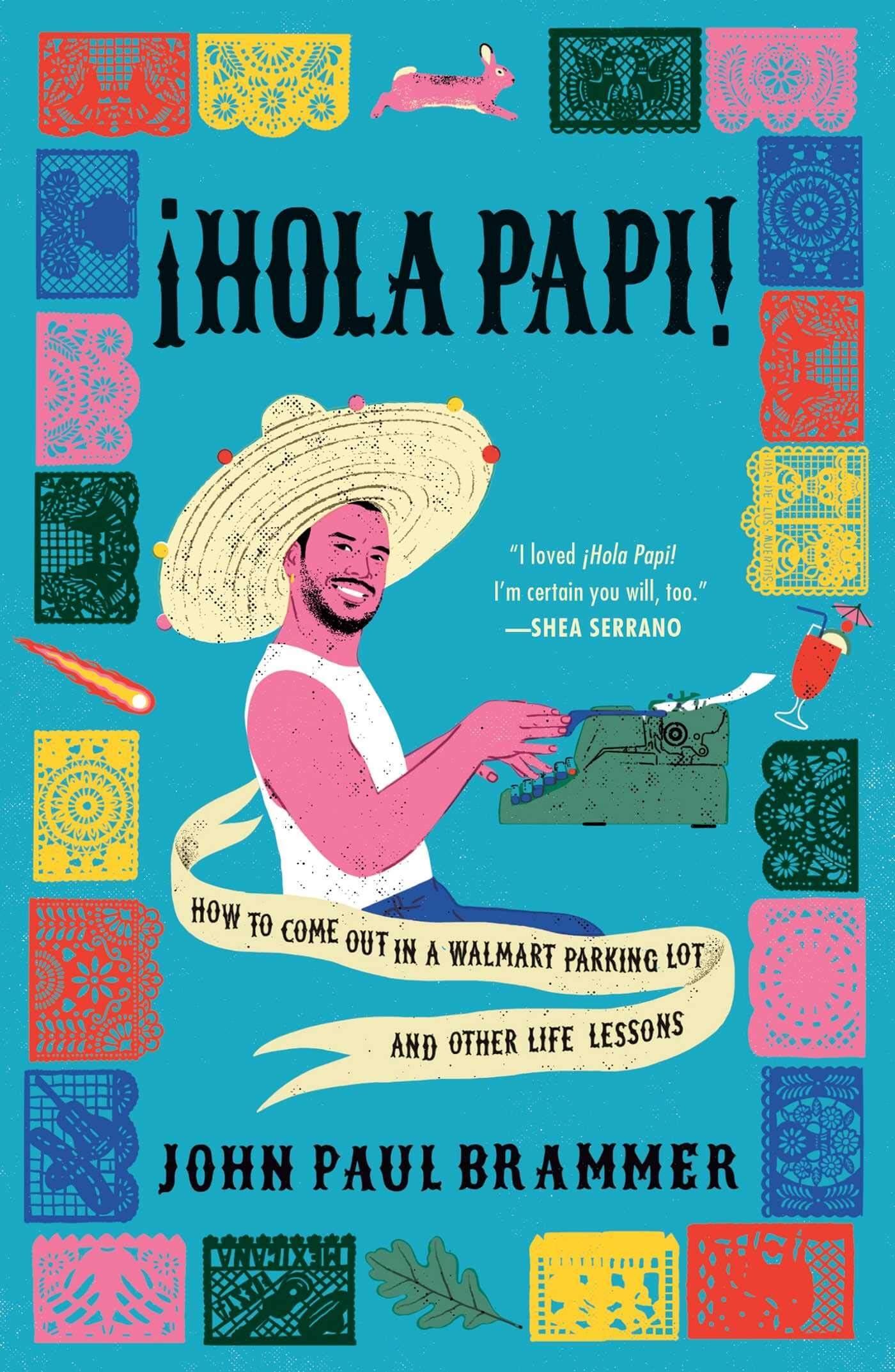
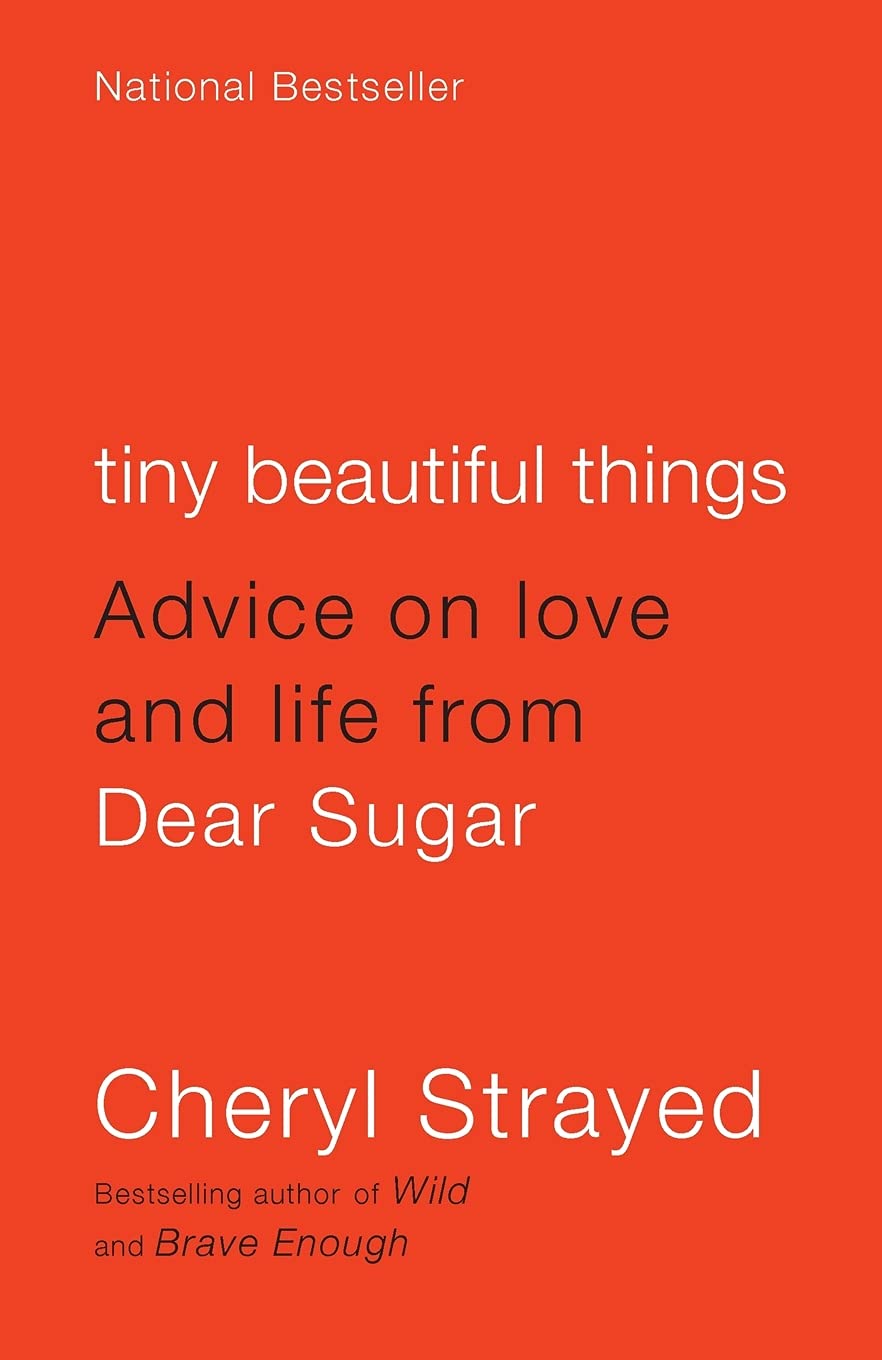
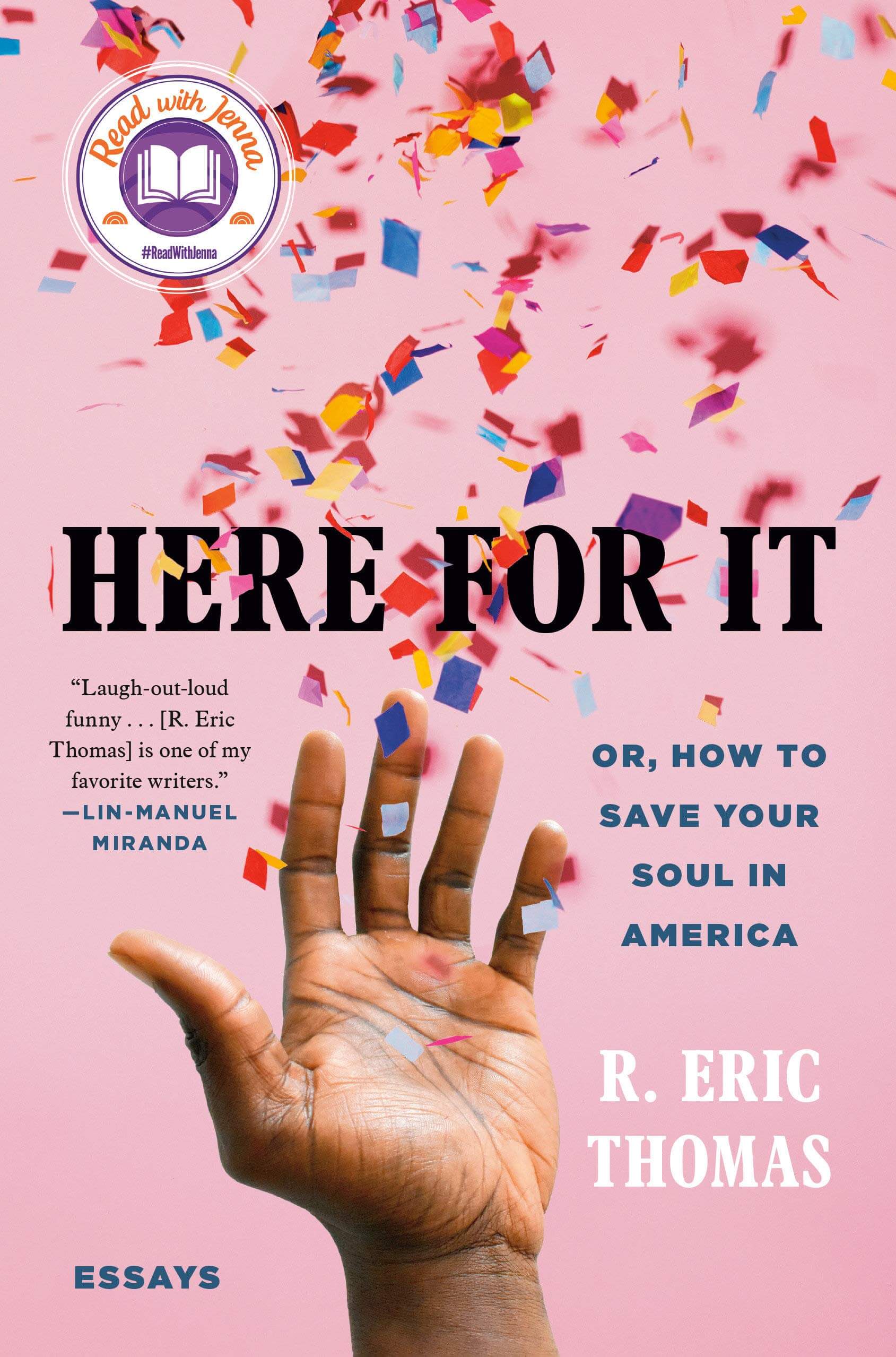
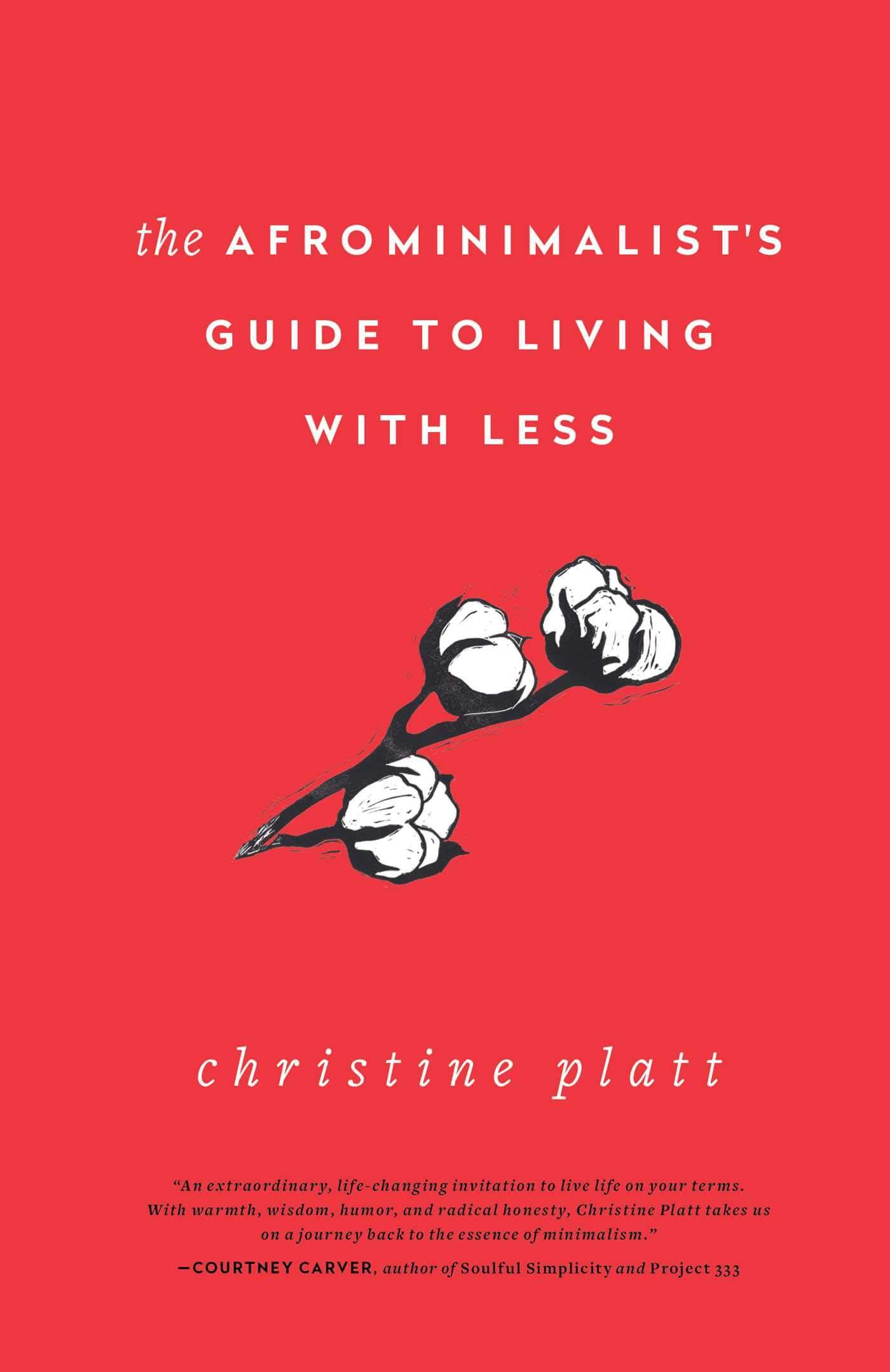
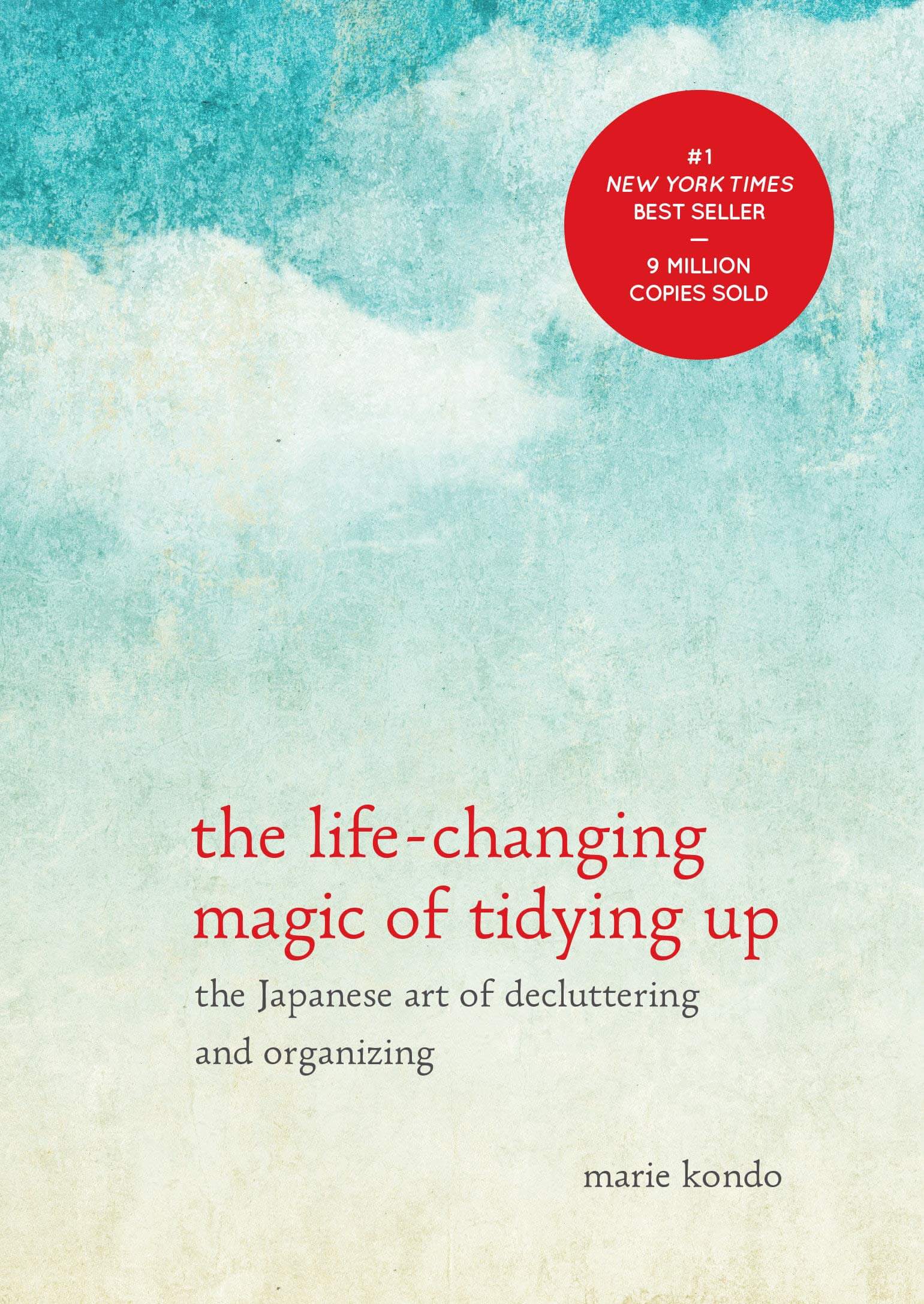
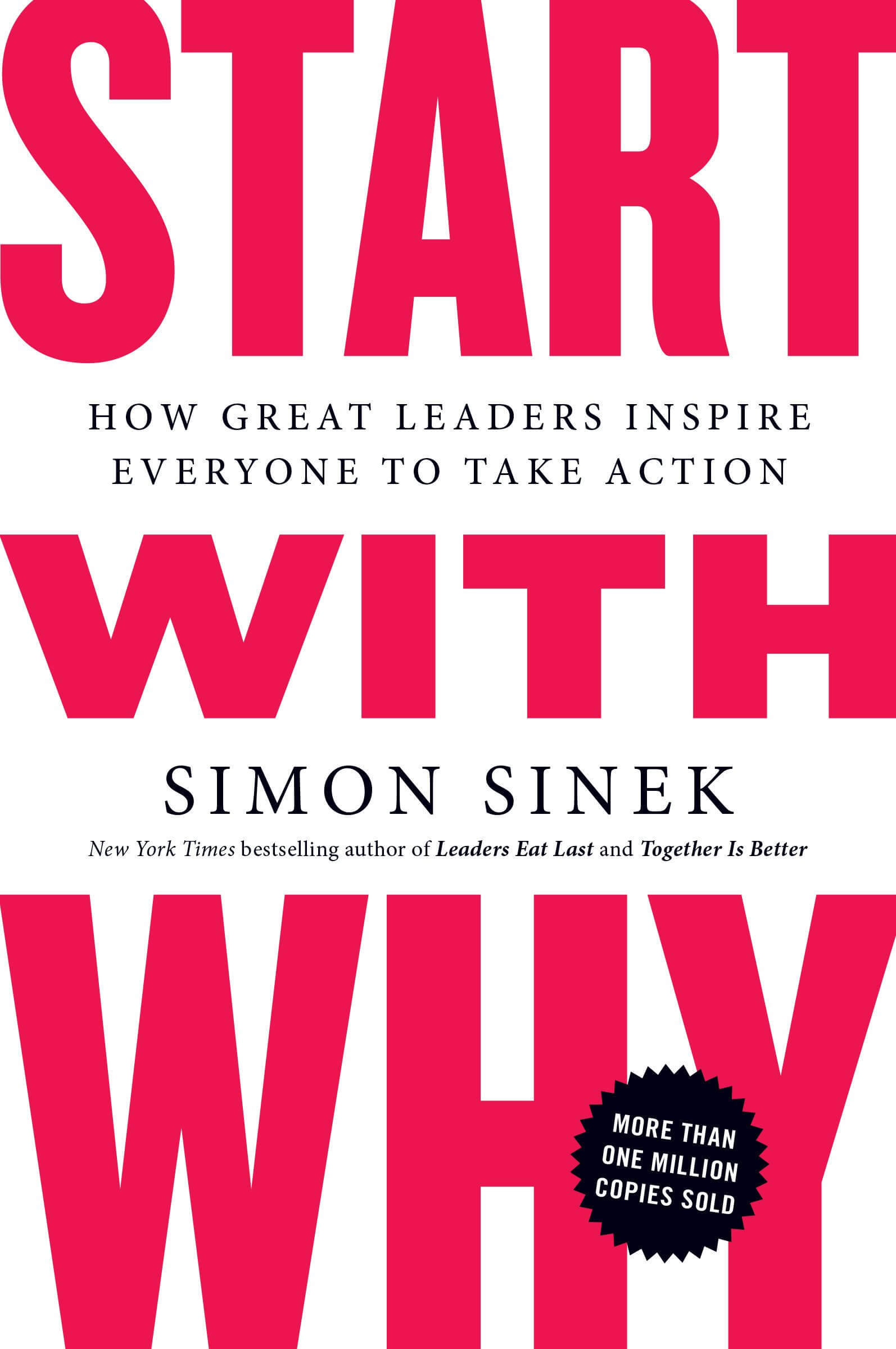
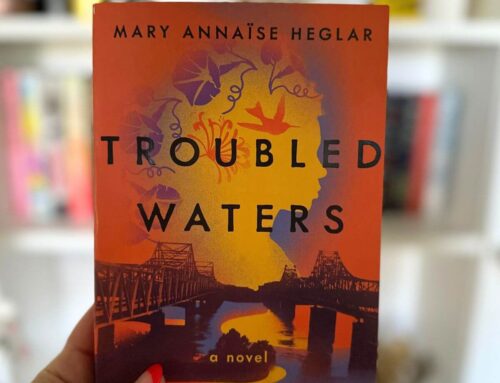
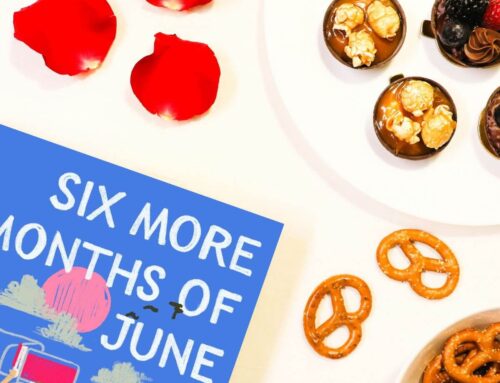
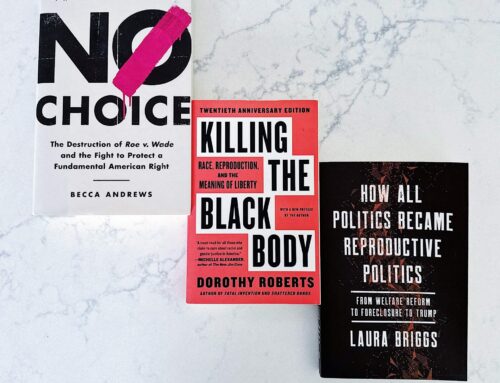
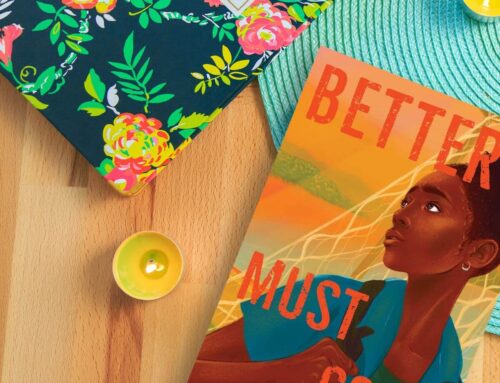
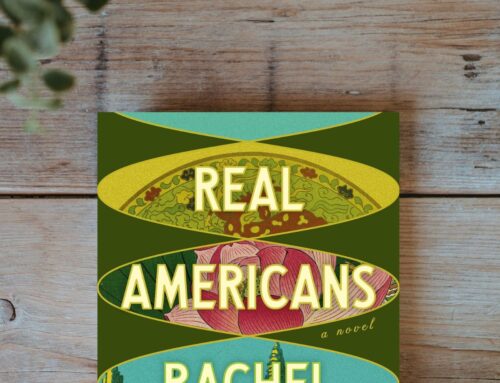
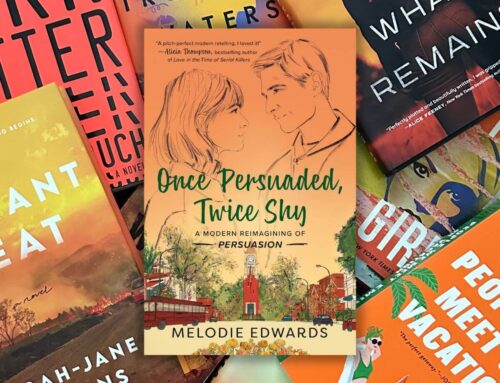
Leave A Comment